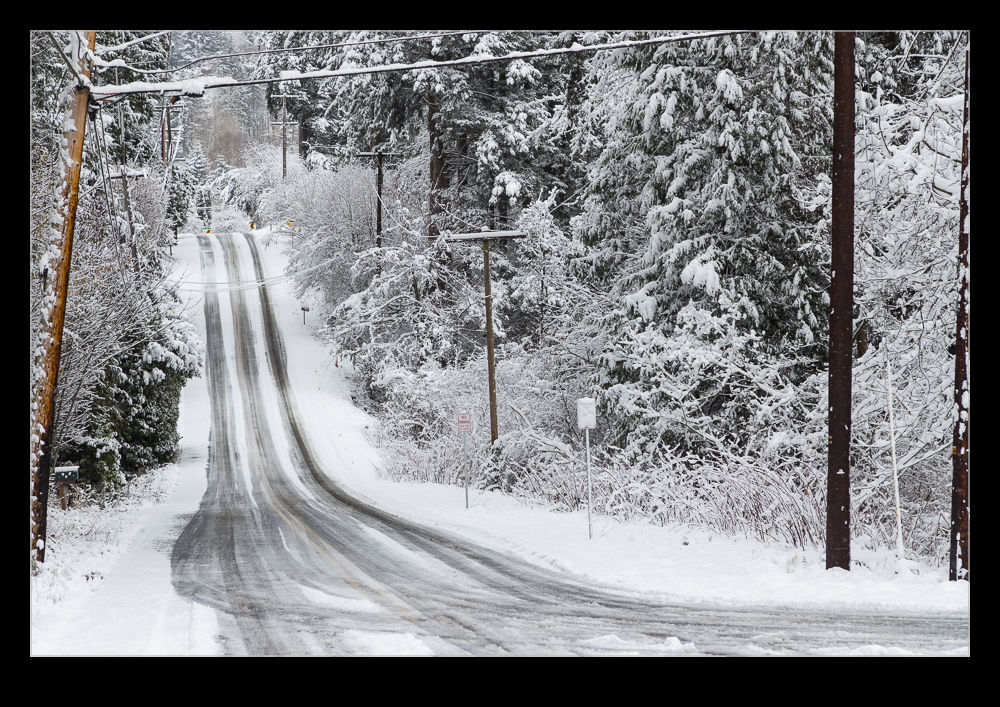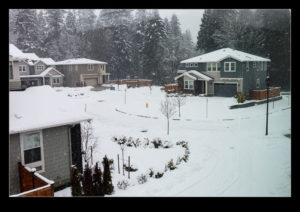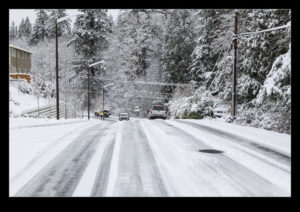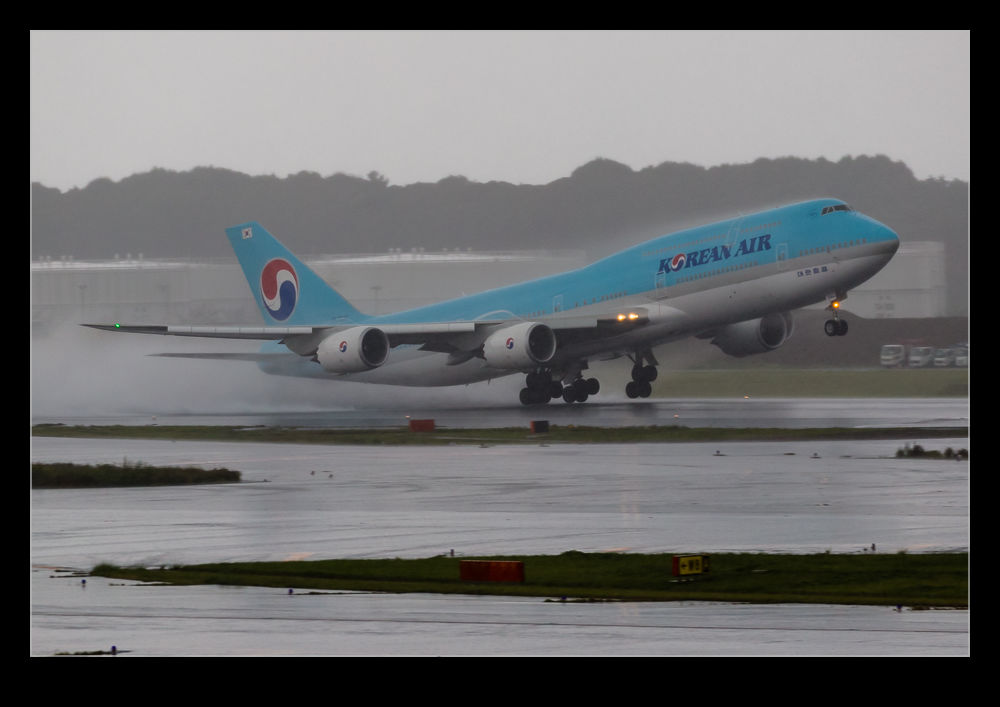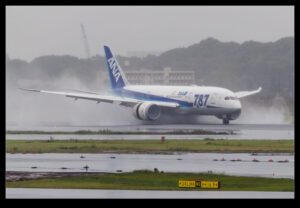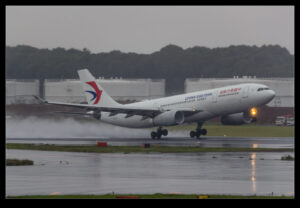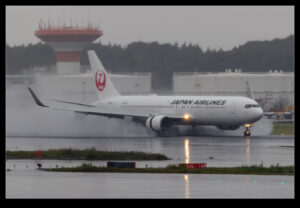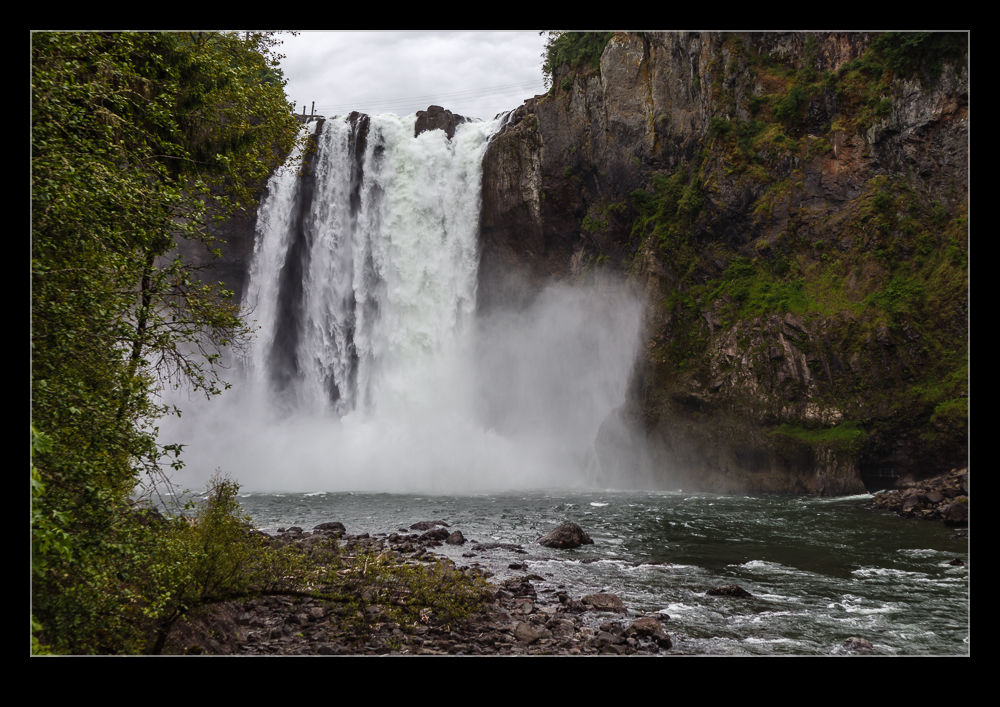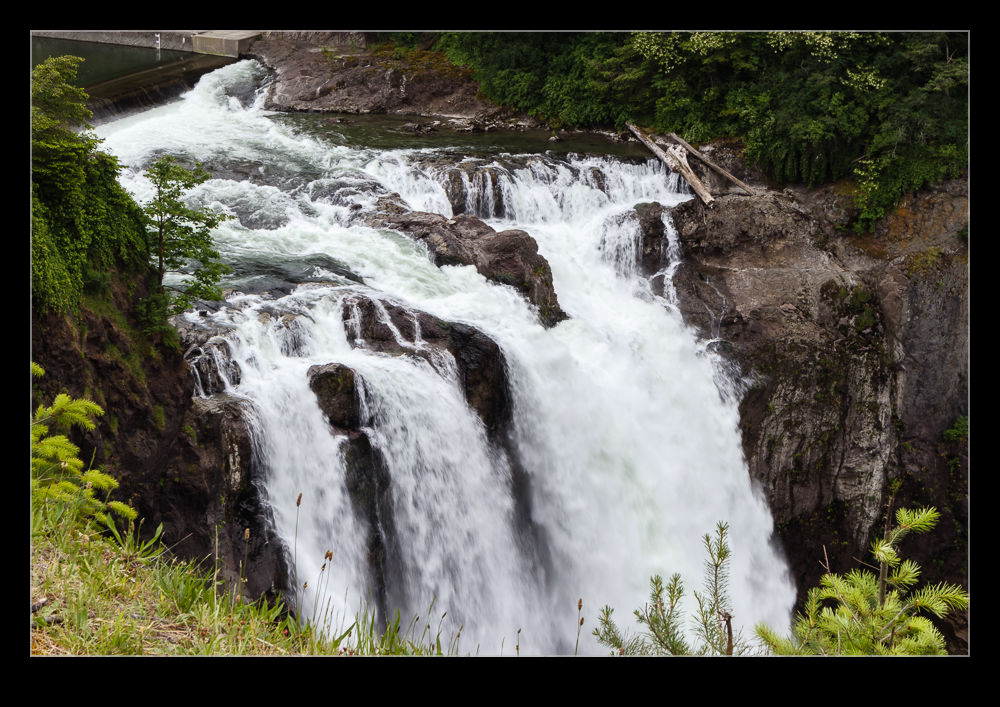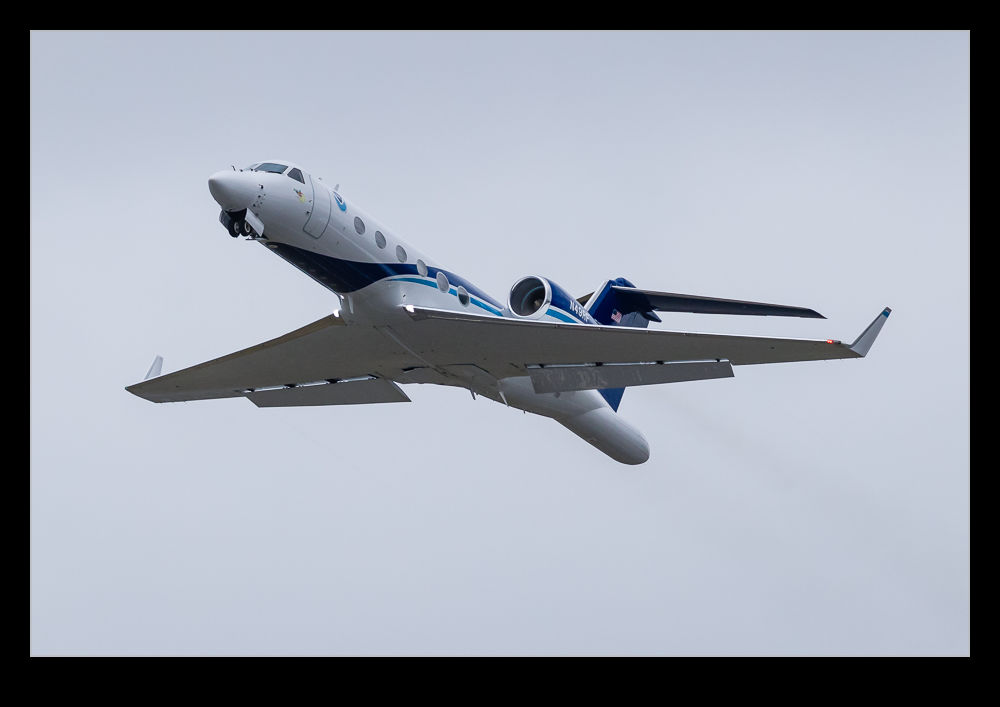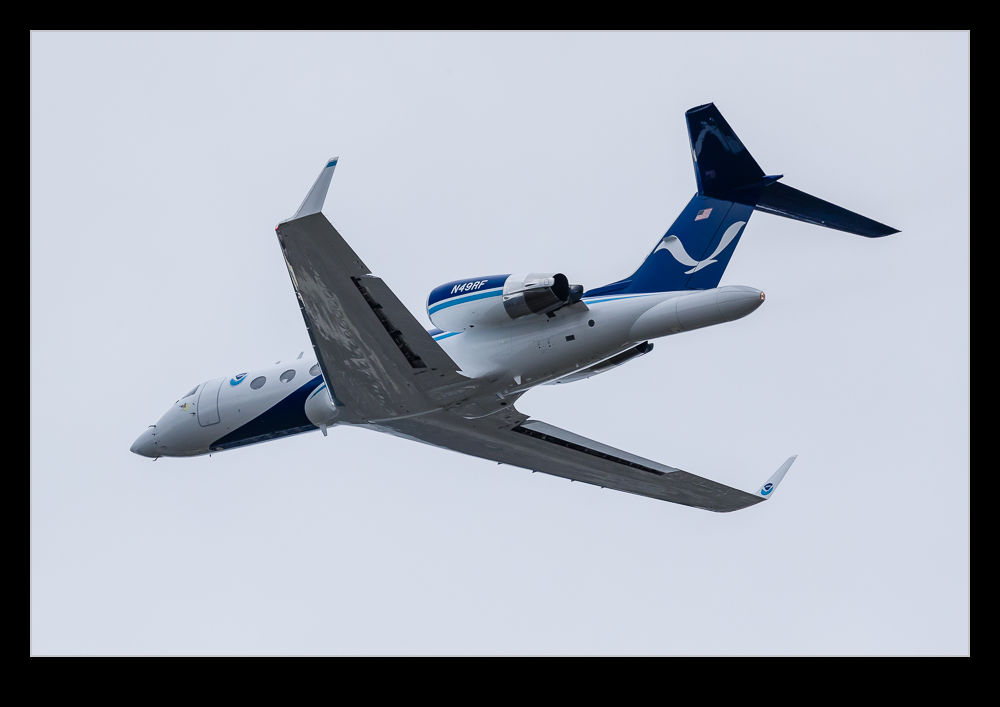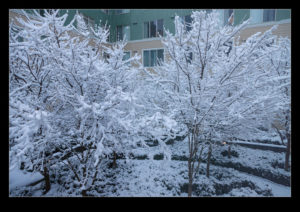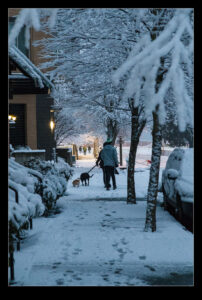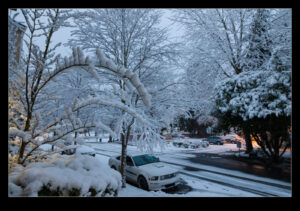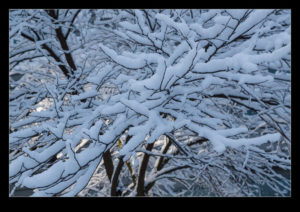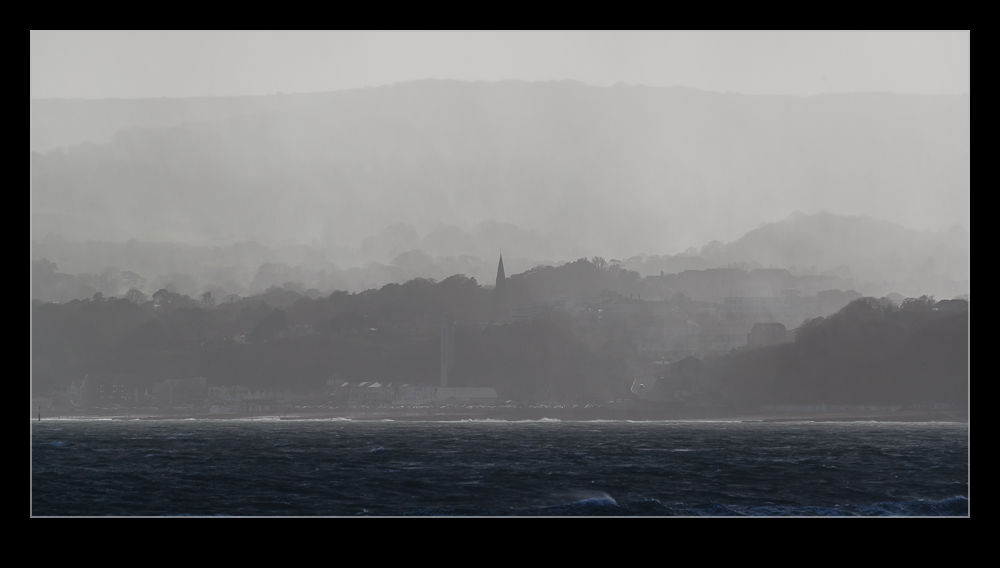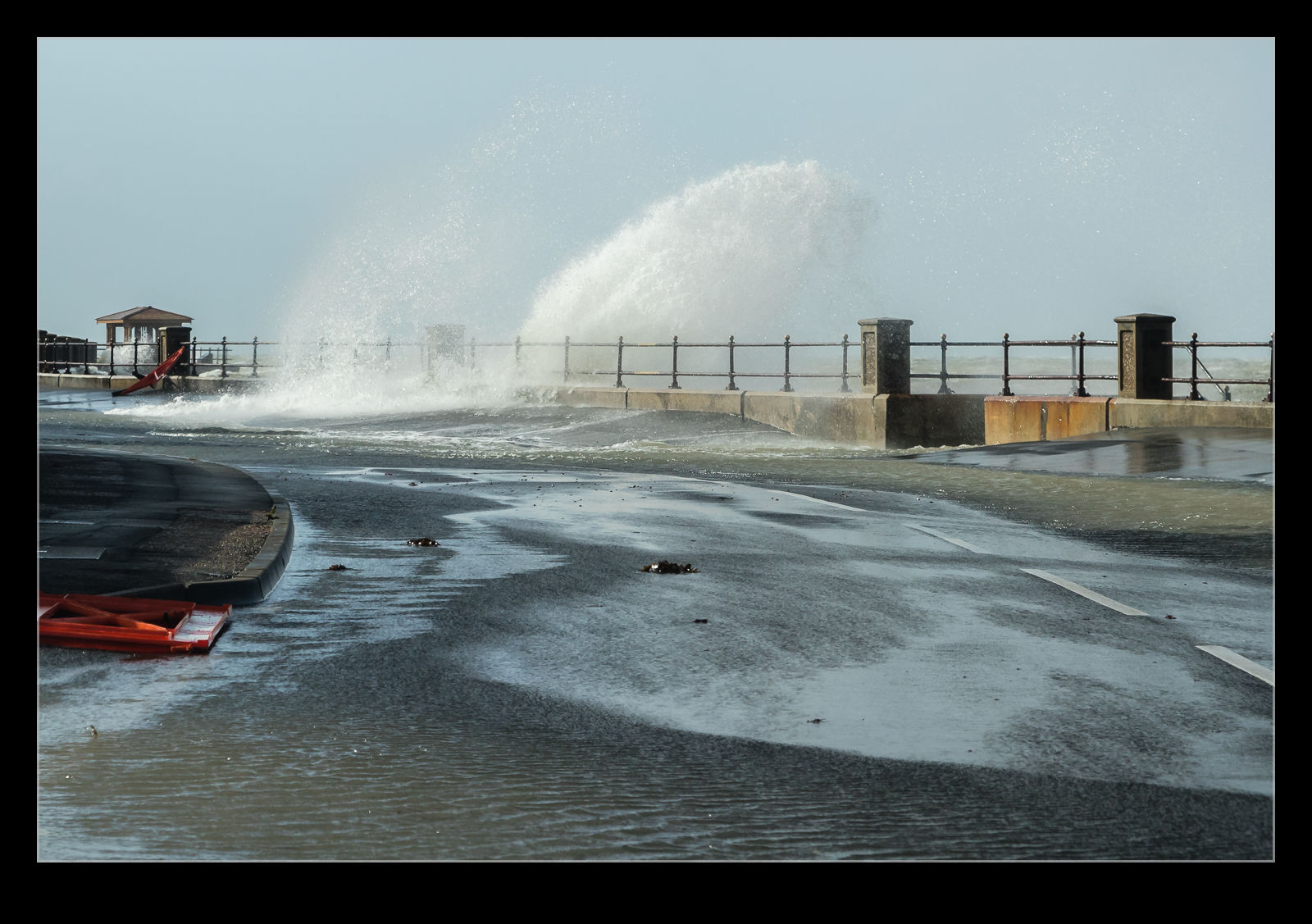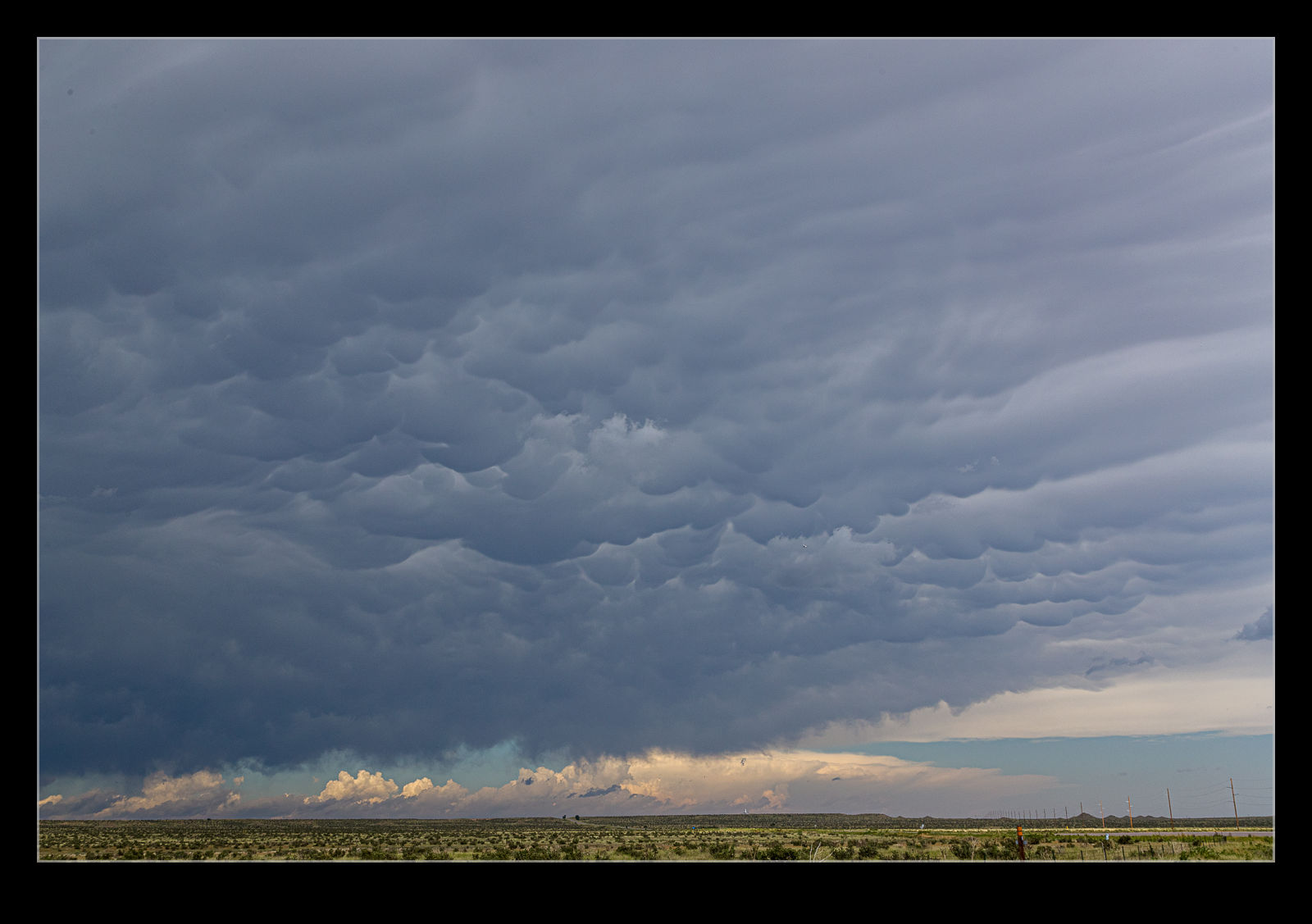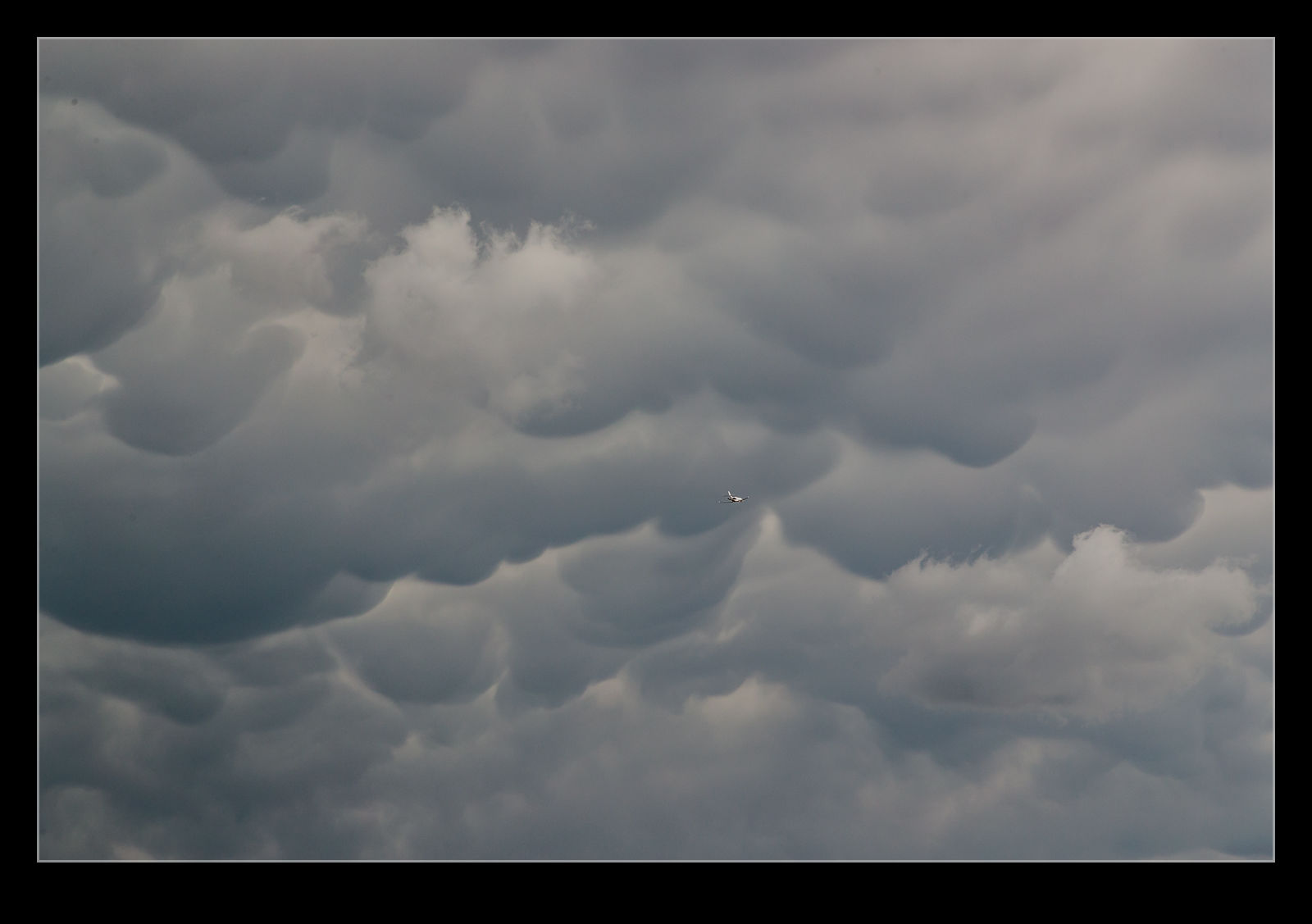 One of the things I thought I knew about the Seattle area was that it didn’t snow very much. In our first winter here, we had one snowy day and it thawed very rapidly. This winter has been a bit different. We have had a couple of large storms come through. The area is not well prepared for snow and the steep grades are not good when things get slippery. Here are some shots from around our area during and after the snows.
One of the things I thought I knew about the Seattle area was that it didn’t snow very much. In our first winter here, we had one snowy day and it thawed very rapidly. This winter has been a bit different. We have had a couple of large storms come through. The area is not well prepared for snow and the steep grades are not good when things get slippery. Here are some shots from around our area during and after the snows.
Tag Archives: weather
Stormy Narita
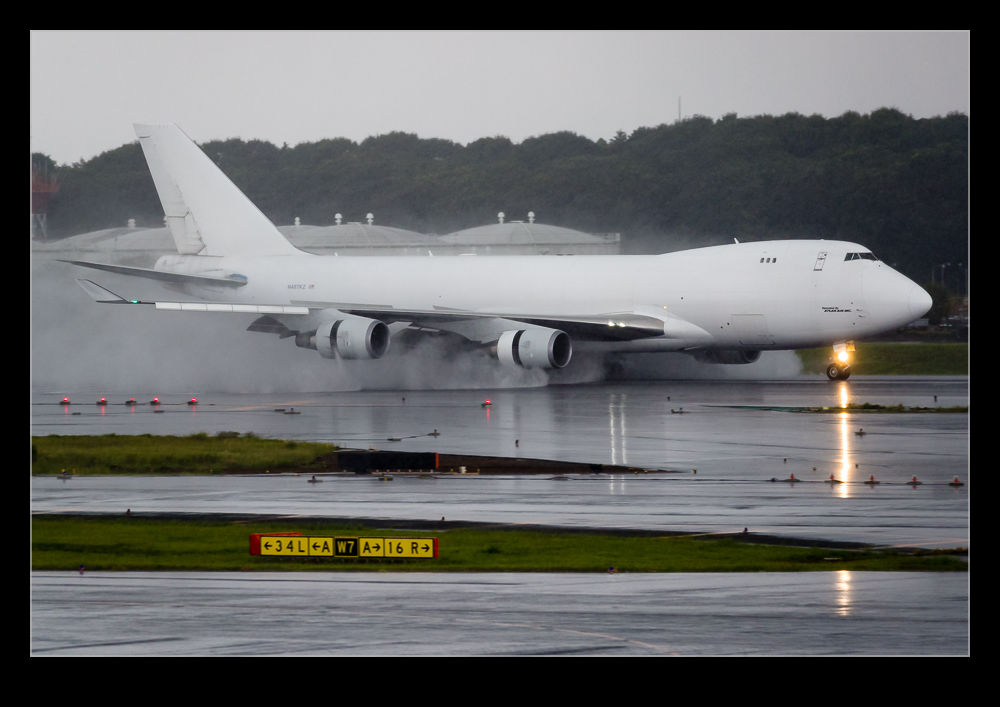 The day I was flying out of Narita was not a good day for weather. Another typhoon was approaching and the rain ahead of the storm had reached us. I did initially visit the viewing terrace in the terminal but, as the rain started, I decided to head inside and go to the Delta lounge which has a great view of the runway and the ramp. It wasn’t long before the heavens opened. Departures reversed direction as the wind shifted.
The day I was flying out of Narita was not a good day for weather. Another typhoon was approaching and the rain ahead of the storm had reached us. I did initially visit the viewing terrace in the terminal but, as the rain started, I decided to head inside and go to the Delta lounge which has a great view of the runway and the ramp. It wasn’t long before the heavens opened. Departures reversed direction as the wind shifted.
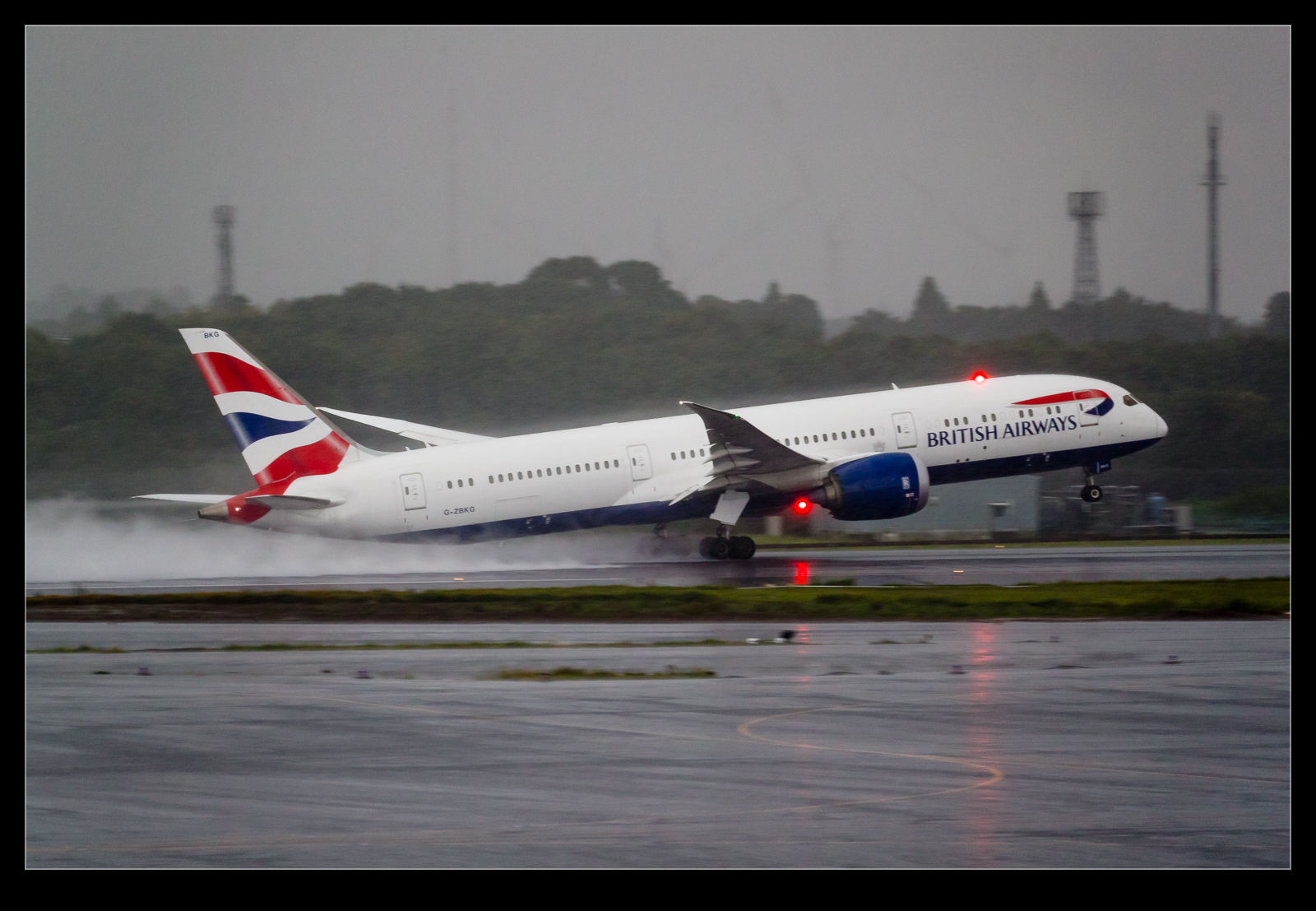 The arriving jets were now throwing up huge clouds of spray as they selected reverse. Combined with the heavy rain already, they were pretty obscured. Editing the photos allows you to do a lot of work with the contrast to bring out more of the detail but the real view was surprisingly limited. Some of the shots are so hidden by rain that there is little that can be done with them. Departures also did a good job throwing up lots of water in their wake.
The arriving jets were now throwing up huge clouds of spray as they selected reverse. Combined with the heavy rain already, they were pretty obscured. Editing the photos allows you to do a lot of work with the contrast to bring out more of the detail but the real view was surprisingly limited. Some of the shots are so hidden by rain that there is little that can be done with them. Departures also did a good job throwing up lots of water in their wake.
 The amount of moisture in the air meant the inlets would often be fogged, even for the jets that were landing. Trailing vortices were showing on climb out and there was lots of vapor over the wings after takeoff. The only downside to all of this was that the cloudy background makes it harder to apprecaite the effects that were on show. It does show, though, that a rainy day is not necessarily one to be ignored from a photography perspective. You can sometimes get some interesting shots in conditions that seem very unappealing. (It doesn’t hurt to be shooting this from indoors in a warm and dry room with a ready supply of food and beverages.)
The amount of moisture in the air meant the inlets would often be fogged, even for the jets that were landing. Trailing vortices were showing on climb out and there was lots of vapor over the wings after takeoff. The only downside to all of this was that the cloudy background makes it harder to apprecaite the effects that were on show. It does show, though, that a rainy day is not necessarily one to be ignored from a photography perspective. You can sometimes get some interesting shots in conditions that seem very unappealing. (It doesn’t hurt to be shooting this from indoors in a warm and dry room with a ready supply of food and beverages.)
It’s Raining on Us Only
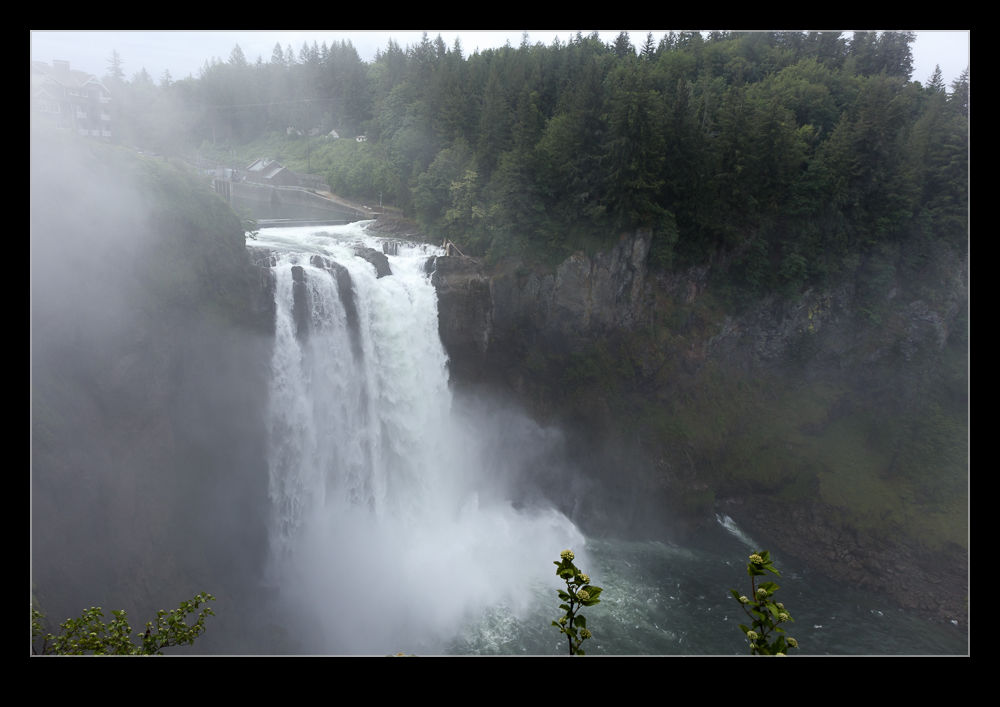 A trip to Snoqualmie Falls ended up being on a day that was not the greatest weather. We were hoping that it wouldn’t rain. When we got to the top of the Falls, it was getting pretty wet. However, it wasn’t raining. Instead, the spray from the glass was being driven up the cliff face towards us by the prevailing wind. It was then dropping on us. Head off down the trail a short way and we were dry again. Of course, that was little compensation when you were getting drenched at the overlook points!
A trip to Snoqualmie Falls ended up being on a day that was not the greatest weather. We were hoping that it wouldn’t rain. When we got to the top of the Falls, it was getting pretty wet. However, it wasn’t raining. Instead, the spray from the glass was being driven up the cliff face towards us by the prevailing wind. It was then dropping on us. Head off down the trail a short way and we were dry again. Of course, that was little compensation when you were getting drenched at the overlook points!
Storms Over LAX
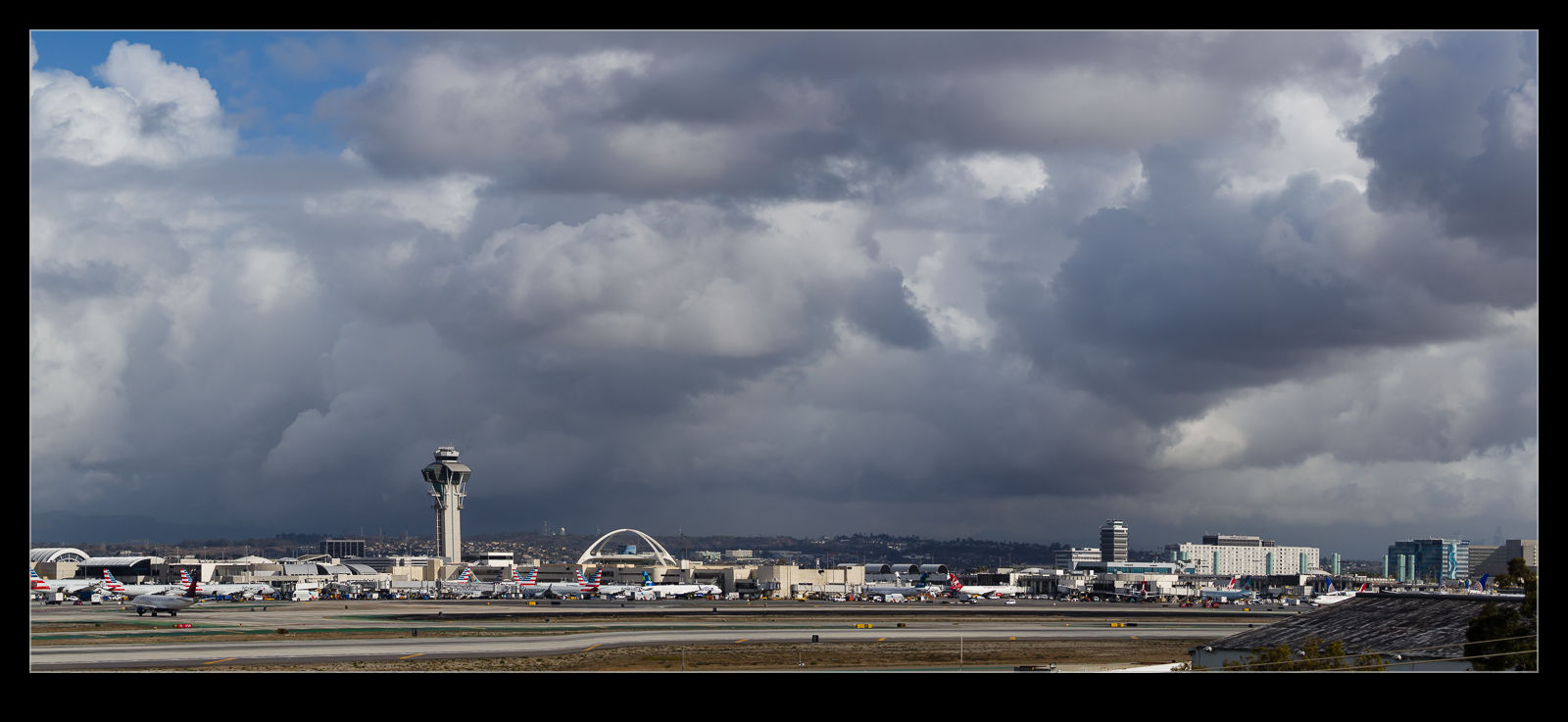 When you first think of Los Angeles, you think of sun and warm weather. It is true that a lot of the time, this will be what you get in Southern California, but it is not always the case. On the first day of my trip down to LA, I had intended to get some flying in. The weather had other ideas. The cloud base was low and waves of rain were coming through the area. Just when the sun came out and you thought it was okay, another bunch of clouds would roll in and, if you didn’t get under cover quickly, you would get drenched by some torrential rain. This does, of course, provide for a shot of LAX that you don’t normally get!
When you first think of Los Angeles, you think of sun and warm weather. It is true that a lot of the time, this will be what you get in Southern California, but it is not always the case. On the first day of my trip down to LA, I had intended to get some flying in. The weather had other ideas. The cloud base was low and waves of rain were coming through the area. Just when the sun came out and you thought it was okay, another bunch of clouds would roll in and, if you didn’t get under cover quickly, you would get drenched by some torrential rain. This does, of course, provide for a shot of LAX that you don’t normally get!
Clouds Over the Valley
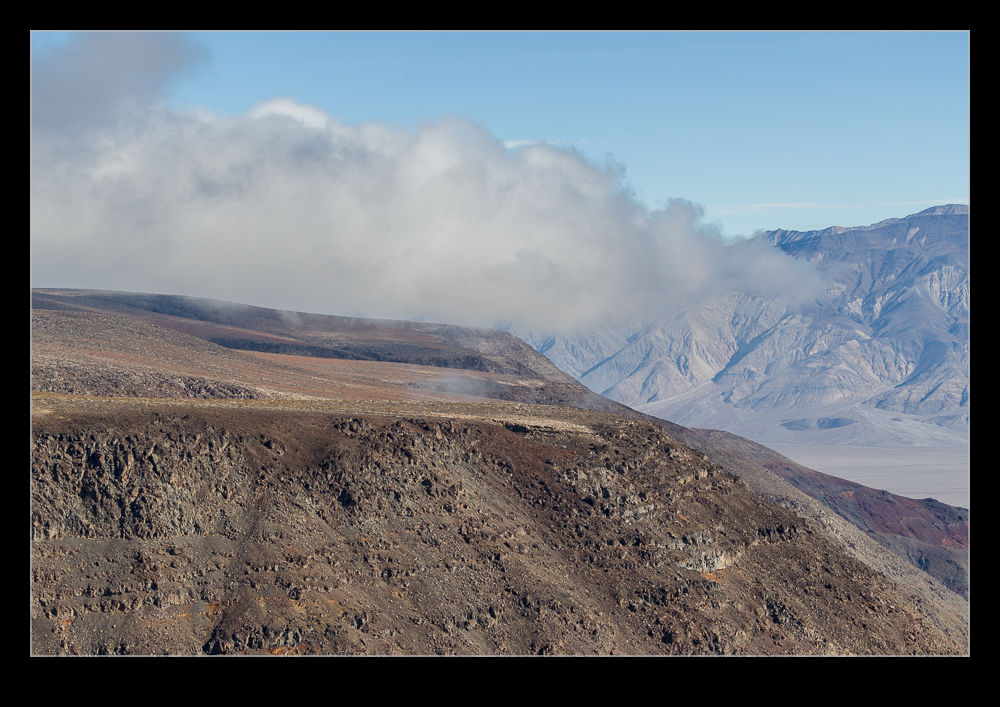 My trip to Rainbow Canyon gave me plenty of time to enjoy the scenery as the jets only showed up infrequently. It was a cool and clear day on the whole but there were some times when clouds moved in. This caused me some concern since I didn’t want to wait for a long time and then have jets show up when the valley was socked in!
My trip to Rainbow Canyon gave me plenty of time to enjoy the scenery as the jets only showed up infrequently. It was a cool and clear day on the whole but there were some times when clouds moved in. This caused me some concern since I didn’t want to wait for a long time and then have jets show up when the valley was socked in!
 Fortunately, the clouds did not get in the way of the main focus of the trip. We did get some clouds drifting over the valley far below us. We also got little puffs of cloud working their way up the canyon. One bank of cloud rose out of the canyon and across the ridge on the opposite side from me. I watched it drift across the surface gradually obscuring areas that had been clear a moment before.
Fortunately, the clouds did not get in the way of the main focus of the trip. We did get some clouds drifting over the valley far below us. We also got little puffs of cloud working their way up the canyon. One bank of cloud rose out of the canyon and across the ridge on the opposite side from me. I watched it drift across the surface gradually obscuring areas that had been clear a moment before.
Another small cloud formation drifted up the canyon towards me. It was an isolated little cloud and it drifted in my direction and floated up over the edge of the ridge and to one side of where I was standing before it dissipated. Then it was all clear again and I could go back to waiting for the jets.
NOAA Gulfstream
The appearance of a Gulfstream GIV is not something that would normally be sufficiently unusual to justify a trip out. However, this GIV was a bit unusual. It belongs to NOAA and they use it for tracking weather systems. It was operating out of Paine Field and I only got to see it once. It would launch and head out over the Pacific for six or seven hours before coming back. The return was always in the evening after dark so never an opportunity to get a shot. The rear radar installation is pretty conspicuous. However, the nose radar is also a modification. The radome is a different shape and the additional air data sensors around the radome may either be because of the change of shape or could be related to its mission.
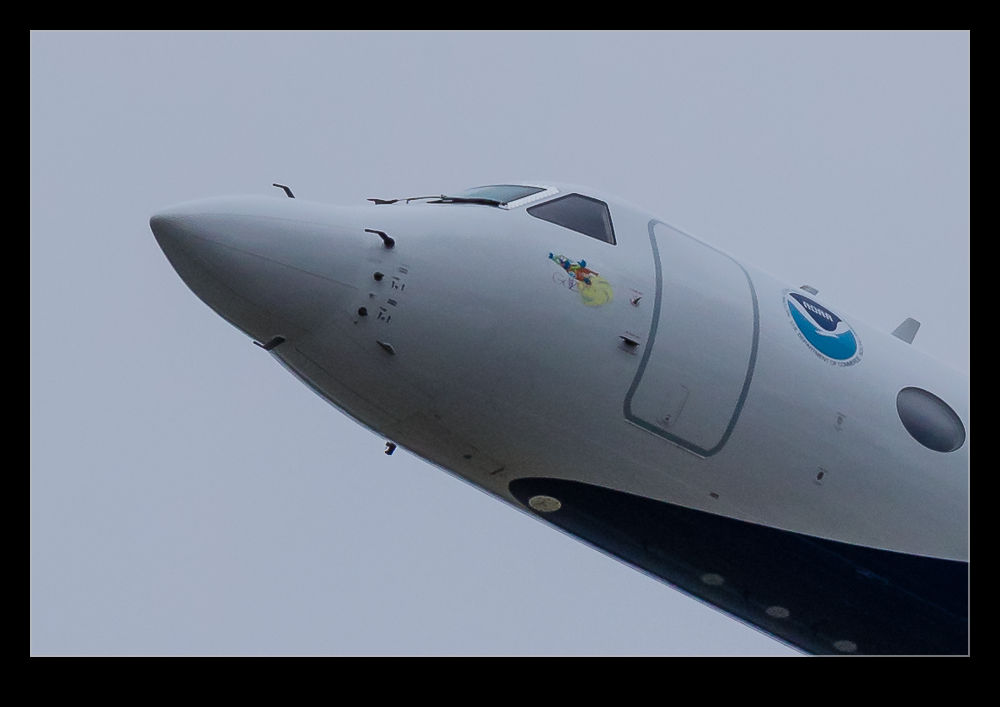 Sadly, it departed to Florida before I could get a chance to see it on the ground. It would have been nice to see it close up (or even in halfway decent weather – not something I was given this time around) but that was not to be on this occasion.
Sadly, it departed to Florida before I could get a chance to see it on the ground. It would have been nice to see it close up (or even in halfway decent weather – not something I was given this time around) but that was not to be on this occasion.
Some Seasonal Snow
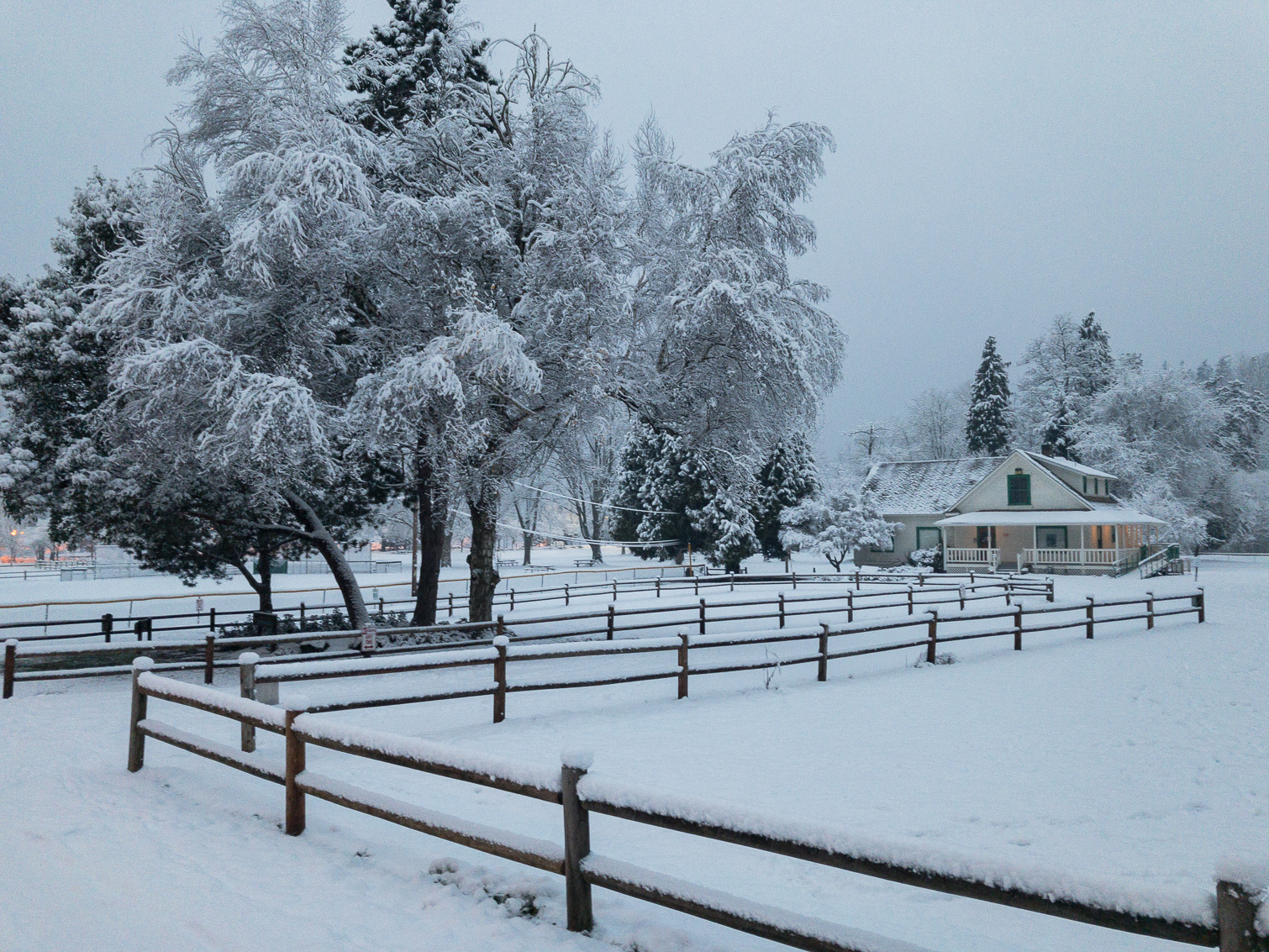 Christmas morning in Kirkland had us waking up to some snow. It had started to snow a little on Christmas Eve but plenty more had dropped overnight. This was not snow that was going to last long. It was rather heavy and damp and, having built up on the branches of the trees, it was pretty precarious. When some of it slipped off, it would take whatever was below it too resulting in some significant dumps on the ground below or you if you were unlucky. Paying attention to what was above you was a good idea.
Christmas morning in Kirkland had us waking up to some snow. It had started to snow a little on Christmas Eve but plenty more had dropped overnight. This was not snow that was going to last long. It was rather heavy and damp and, having built up on the branches of the trees, it was pretty precarious. When some of it slipped off, it would take whatever was below it too resulting in some significant dumps on the ground below or you if you were unlucky. Paying attention to what was above you was a good idea.
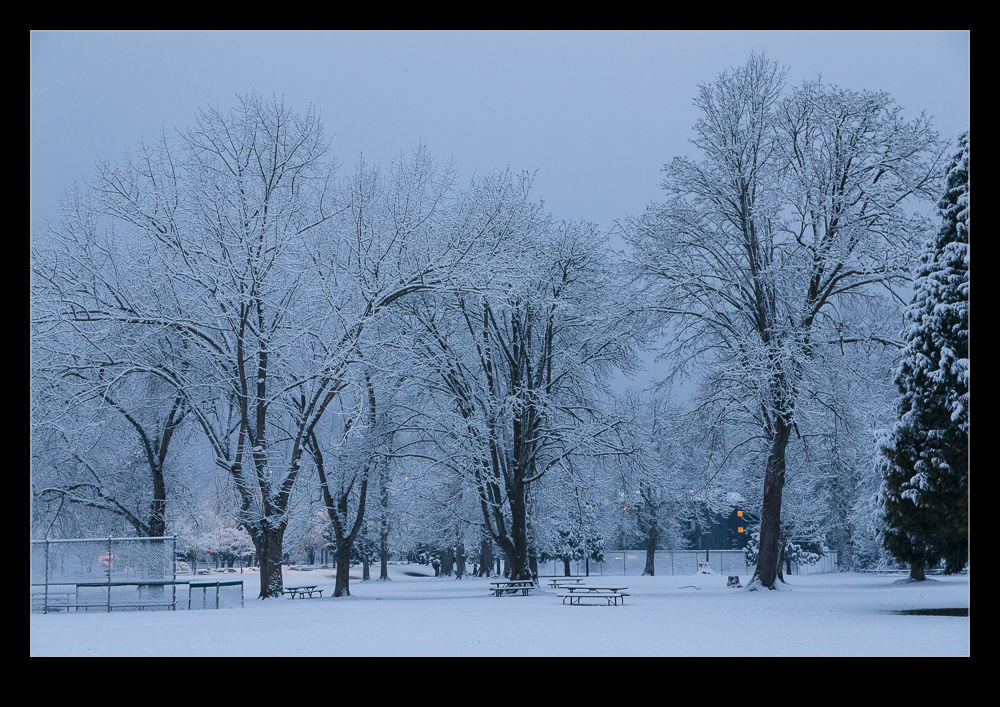 I went out first thing. Since it was Christmas morning, not much traffic had been out so the roads were reasonably untouched. The light from the street lamps was still a factor in some places. I wandered around the neighborhood checking out the view before it all went away. The temperatures were not too low so I didn’t have to wrap up much and I knew things would soon melt. However, it was a scenic place to be for a while and added a certain atmosphere to Christmas Day.
I went out first thing. Since it was Christmas morning, not much traffic had been out so the roads were reasonably untouched. The light from the street lamps was still a factor in some places. I wandered around the neighborhood checking out the view before it all went away. The temperatures were not too low so I didn’t have to wrap up much and I knew things would soon melt. However, it was a scenic place to be for a while and added a certain atmosphere to Christmas Day.
Sunbeams Over Sandown Bay
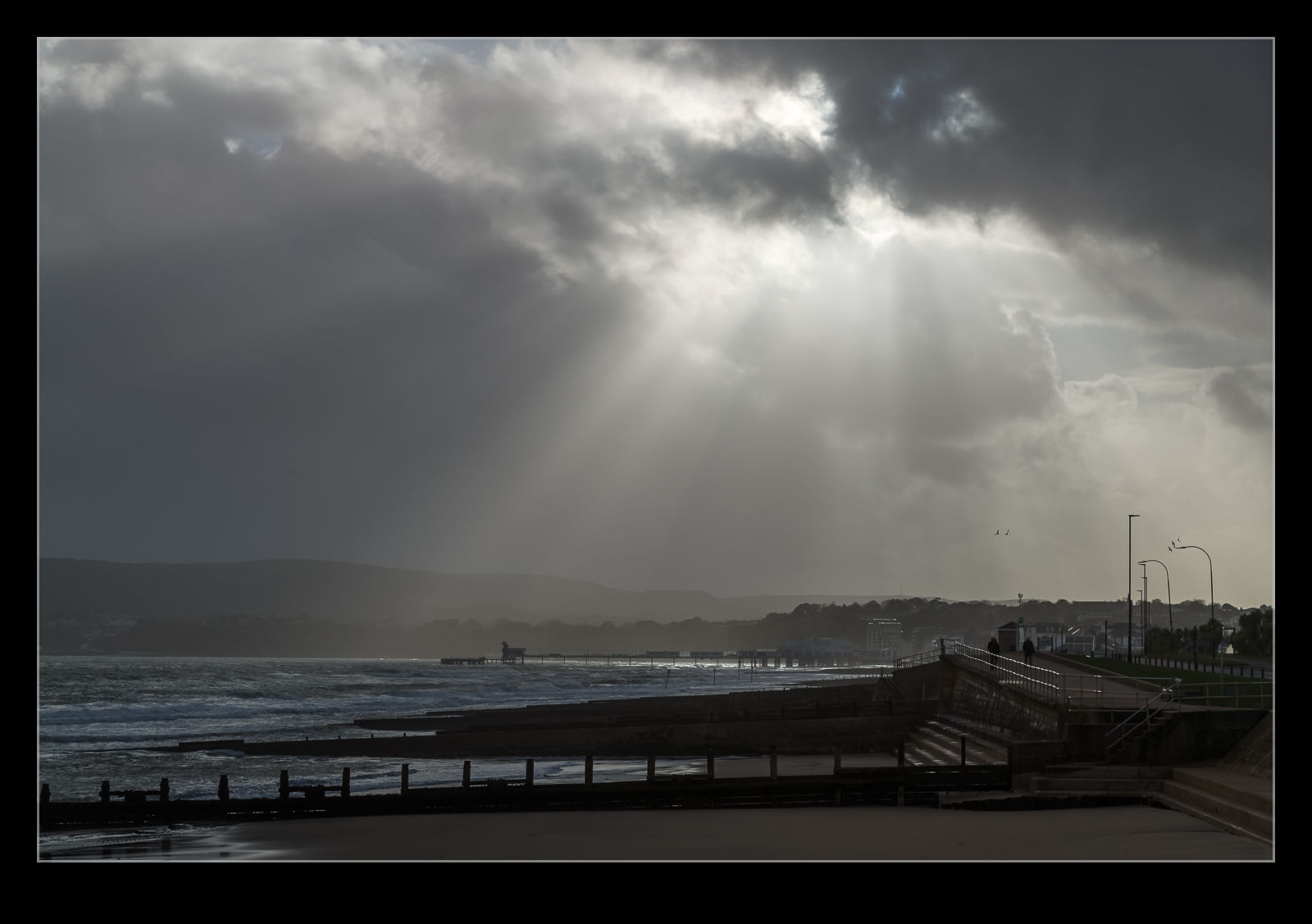 The stormy skies over the Island were very active in the Sandown Bay area. In the course of a couple of minutes, you could see the valleys on the opposite side of the bay have clouds wisp across them and then suddenly vanish from view entirely. They could be back a few minutes later and then gone again. The wind was blowing things through very rapidly. For a few moments, there were some great beams of light punching through the clouds and illuminating the water beneath. I was lucky to be able to get a few shots off before the clouds rolled through again and cut of the sun altogether.
The stormy skies over the Island were very active in the Sandown Bay area. In the course of a couple of minutes, you could see the valleys on the opposite side of the bay have clouds wisp across them and then suddenly vanish from view entirely. They could be back a few minutes later and then gone again. The wind was blowing things through very rapidly. For a few moments, there were some great beams of light punching through the clouds and illuminating the water beneath. I was lucky to be able to get a few shots off before the clouds rolled through again and cut of the sun altogether.
Waves on Cowes Seafront
 We drove along the seafront from Cowes to Gurnard. The tide was high and the storm was bringing a swell in from the west. Consequently, there was a lot of water along the road with sections under a few inches. Some caution as we drove and we could get through. Meanwhile, the waves were bashing in to the wall and splashing high in the air. With the wind being so strong, it was tricky to hold steady for a shot and I was also a bit vulnerable to getting a lot of spray in the face. However, I managed to get some shots and some video while minimizing how damp I got and how much salt water got near the camera.
We drove along the seafront from Cowes to Gurnard. The tide was high and the storm was bringing a swell in from the west. Consequently, there was a lot of water along the road with sections under a few inches. Some caution as we drove and we could get through. Meanwhile, the waves were bashing in to the wall and splashing high in the air. With the wind being so strong, it was tricky to hold steady for a shot and I was also a bit vulnerable to getting a lot of spray in the face. However, I managed to get some shots and some video while minimizing how damp I got and how much salt water got near the camera.
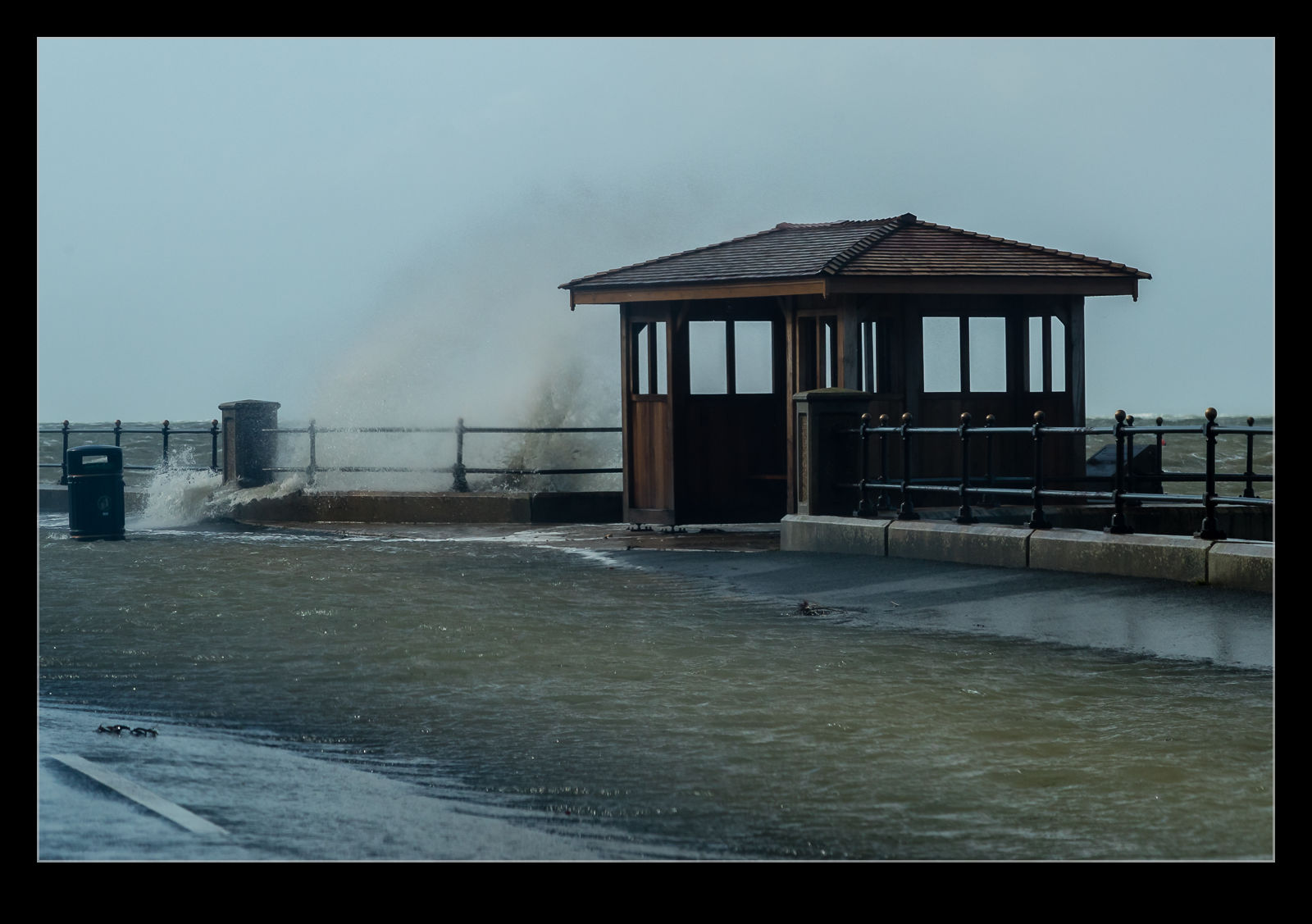 As a kid, I always loved being down on the seafront when the weather was stormy. It is way more fun to watch the waves crash in than to see a calm sea. This proved to be a perfect day for me to visit as the following day things had calmed right down.
As a kid, I always loved being down on the seafront when the weather was stormy. It is way more fun to watch the waves crash in than to see a calm sea. This proved to be a perfect day for me to visit as the following day things had calmed right down.
Storms Over the Front Range
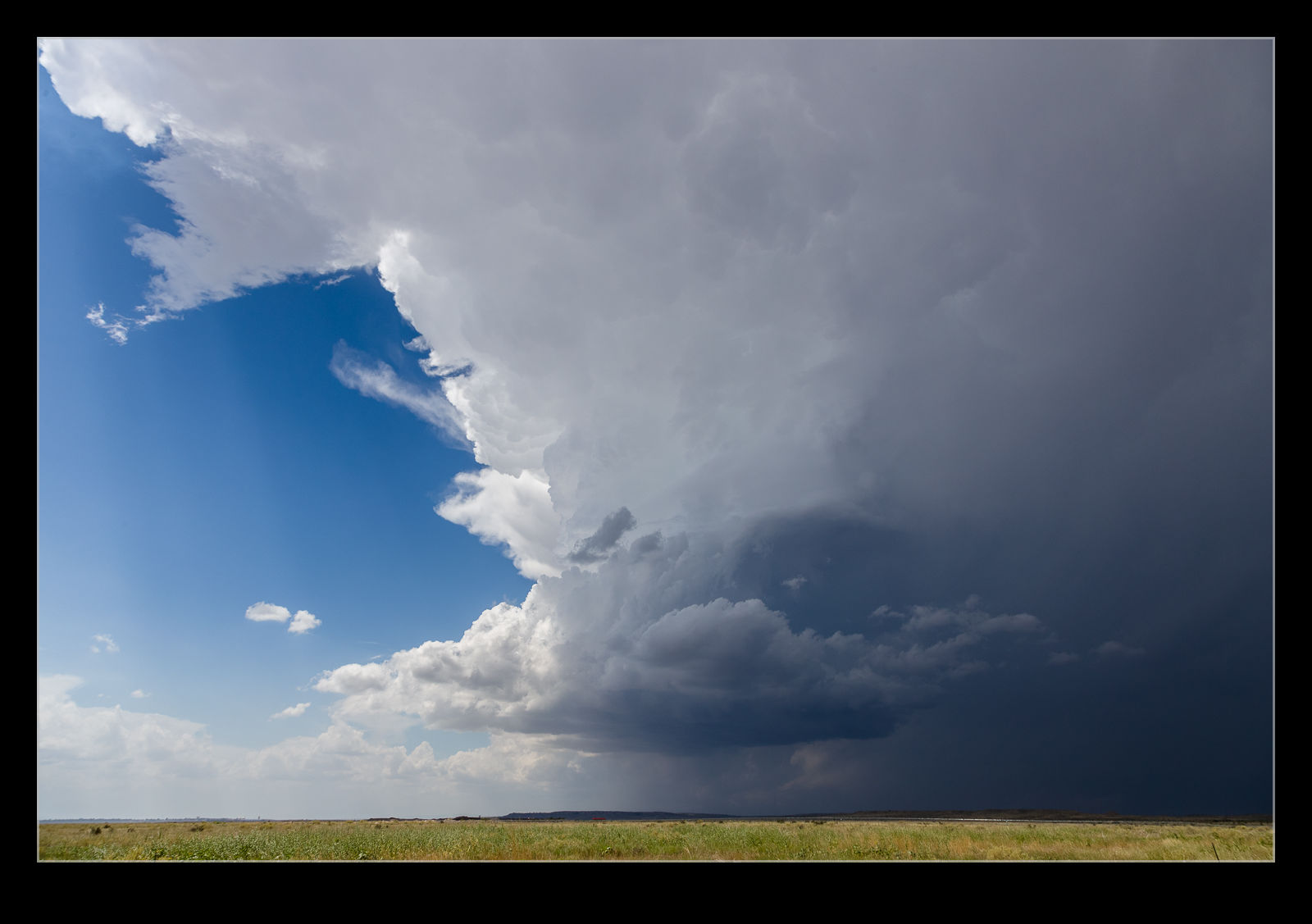 When I arrived in Pueblo Colorado, the sun was shining and it was pretty warm. After our second day of testing, the weather had turned a bit and, as we headed back to the town, there was some storm activity over the Front Range. The road you drive out on is a federal facility so stopping to take pictures is not the best plan. However, once we got back to the more populated area, I did pull over and take a few shots. That night, there were some serious storms around us. I saw a few over the mountains as we drove but nothing too dramatic.
When I arrived in Pueblo Colorado, the sun was shining and it was pretty warm. After our second day of testing, the weather had turned a bit and, as we headed back to the town, there was some storm activity over the Front Range. The road you drive out on is a federal facility so stopping to take pictures is not the best plan. However, once we got back to the more populated area, I did pull over and take a few shots. That night, there were some serious storms around us. I saw a few over the mountains as we drove but nothing too dramatic.
